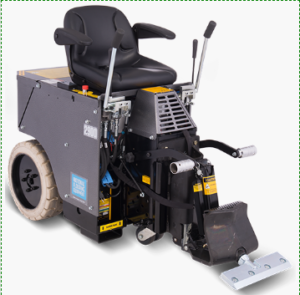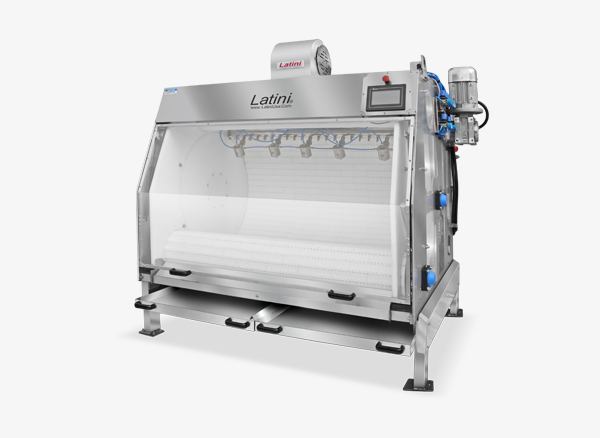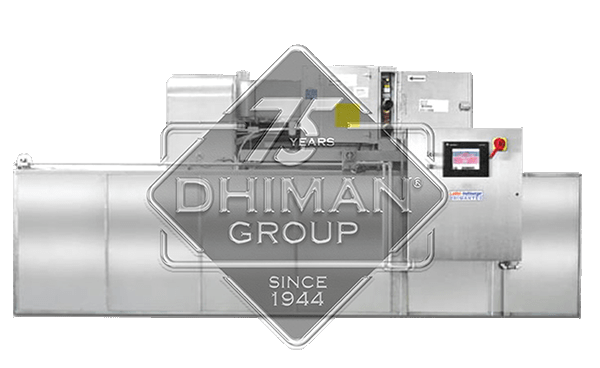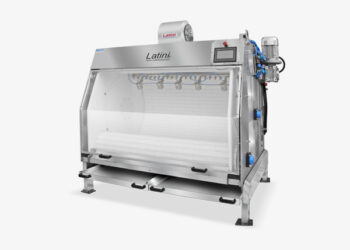
When it comes to floor preparation, having the right equipment is essential for achieving optimal results. Whether renovating a commercial space, installing new flooring, or performing maintenance on existing floors, a floor scraper can significantly streamline the process. Yet, considering the variety of available options, choosing the best machine for your business might be difficult.
This detailed buying guide will walk you through what variables are essential to consider when buying a floor scraping machine.
Assess Your Requirements:
Before diving into the purchasing process, assessing your specific requirements is crucial. Are you primarily dealing with concrete, wood, or tile surfaces? Do you need to remove old coatings, level uneven floors, or polish surfaces? Knowing your requirements will enable you to choose the best machine type for your needs.
Choose the Right Machine:
Various types of floor scrapers are available, each designed to tackle different tasks. Here are a few common types:
Floor Grinders: Ideal for removing old coatings, grinding down uneven surfaces, and polishing floors. They come in different sizes, ranging from handheld models to large walk-behind grinders.
Shot Blasters: Used for surface preparation by blasting steel shot at high velocity to remove coatings and contaminants and roughen the surface. They are effective for large areas and can handle concrete and steel surfaces.
Scarifiers: Designed to remove thick coatings, adhesives, and other surface imperfections by using rotating cutters or flails. Scarifiers are suitable for aggressive material removal on concrete surfaces.
Diamond Tools: These tools can be used in conjunction with grinders or other machines for tasks such as grinding, polishing, and honing concrete surfaces. They come in various shapes and sizes for different applications.
Consider Machine Size and Power:
The size and power of the machine should align with the scale of your projects. For small to medium-sized areas, a handheld or compact machine may suffice. However, for larger commercial spaces, you’ll need a more robust machine, such as a walk-behind or ride-on model, to ensure task efficiency and timely completion.
Consider Surface Condition and Hardness:
The condition and hardness of the floor surface play a crucial role in machine selection. For example, if you’re dealing with softer surfaces like wood or delicate tiles, you’ll need a machine with adjustable speed settings and softer tooling options. Conversely, a machine with higher horsepower and aggressive tooling will be more effective for harder surfaces like concrete.
Consider Dust Collection and Extraction:
Floor preparation can generate a significant amount of dust, which can be harmful to workers’ health and compromise the quality of the job. Therefore, it’s vital to consider a machine with an effective dust collection and extraction system. Look for features such as vacuum attachments or built-in dust collection systems to minimise dust emissions and maintain a clean working environment.
Consider Quality, Durability, and Maintenance:
Investing in a high-quality, durable machine is essential to ensuring long-term performance and minimising downtime. Look for reputable brands known for their reliability and sturdy construction. Also, take into account the machine’s maintenance requirements, such as the availability of replacement parts, the simplicity of service, and customer support.
Selecting the right floor scraper for your business can significantly enhance the efficiency and quality of your projects. By assessing your specific needs, understanding the different types of machines available, and considering factors such as size, power, surface condition, dust collection, and durability, you can make an informed purchasing decision. Lastly, don’t forget to ensure that the machine has proper safety features and meets industry standards.
























